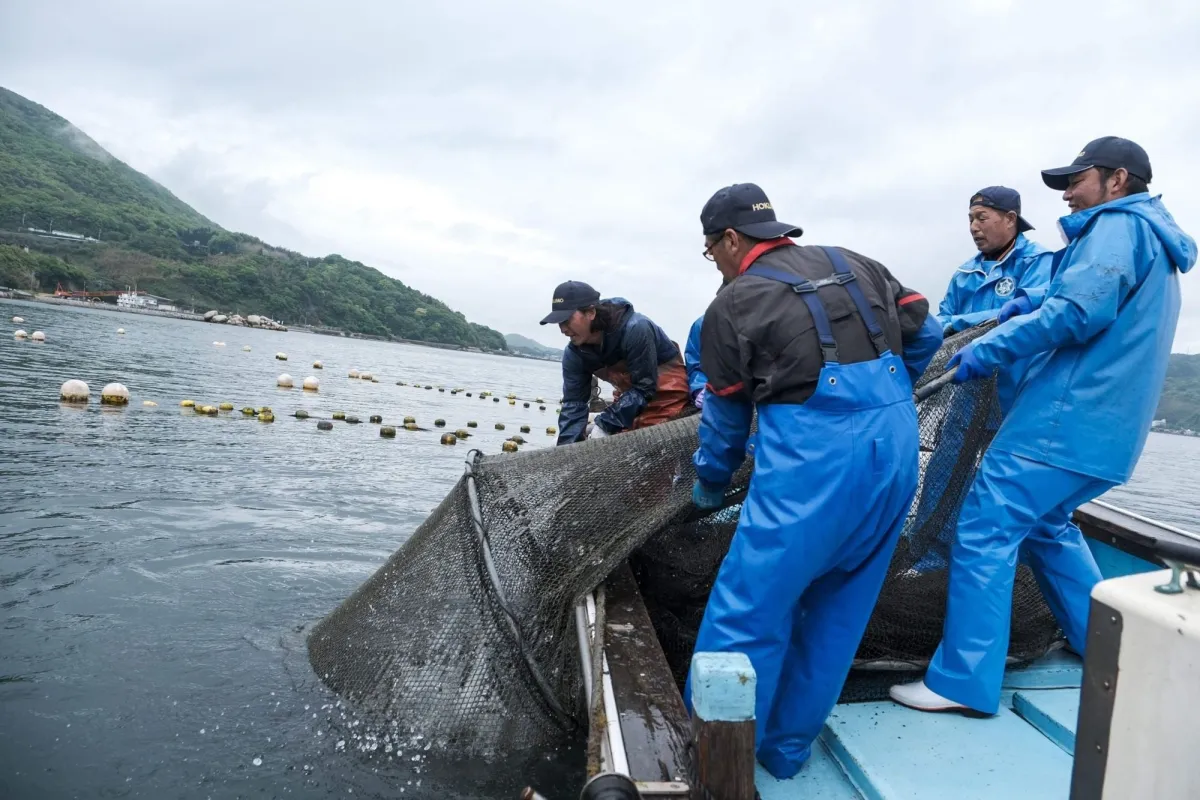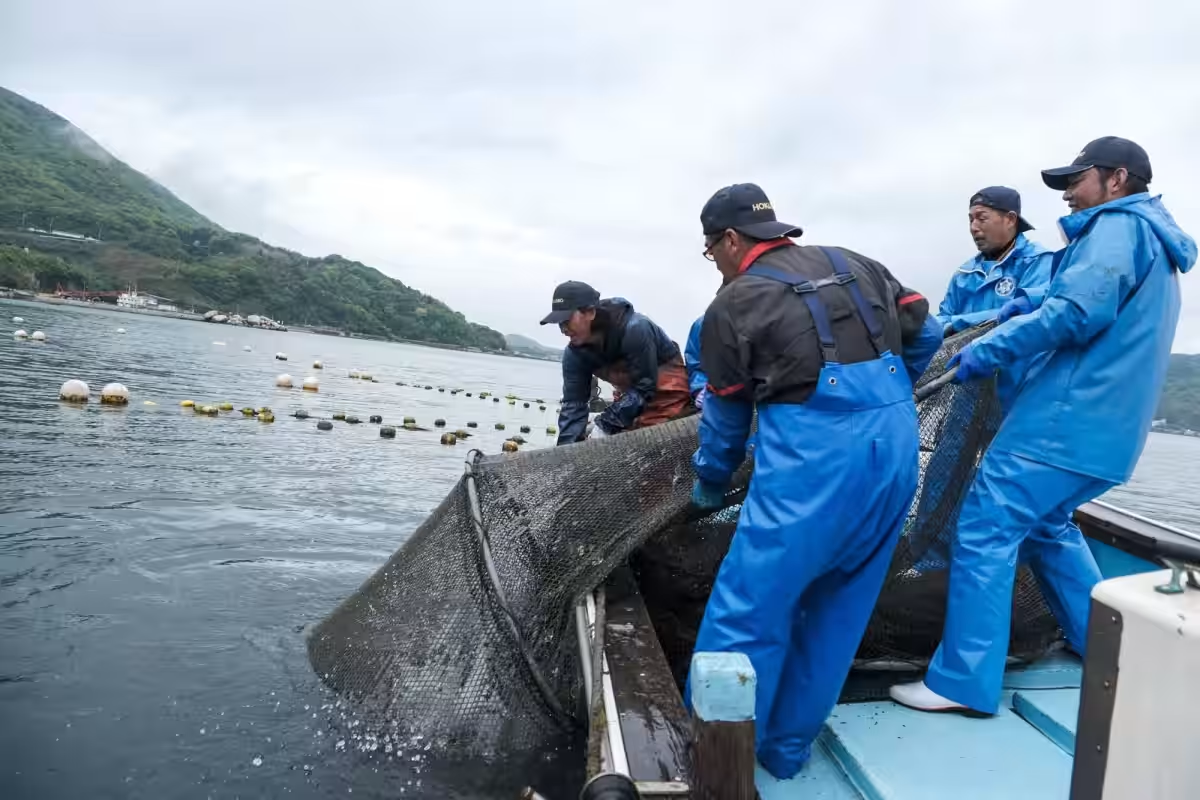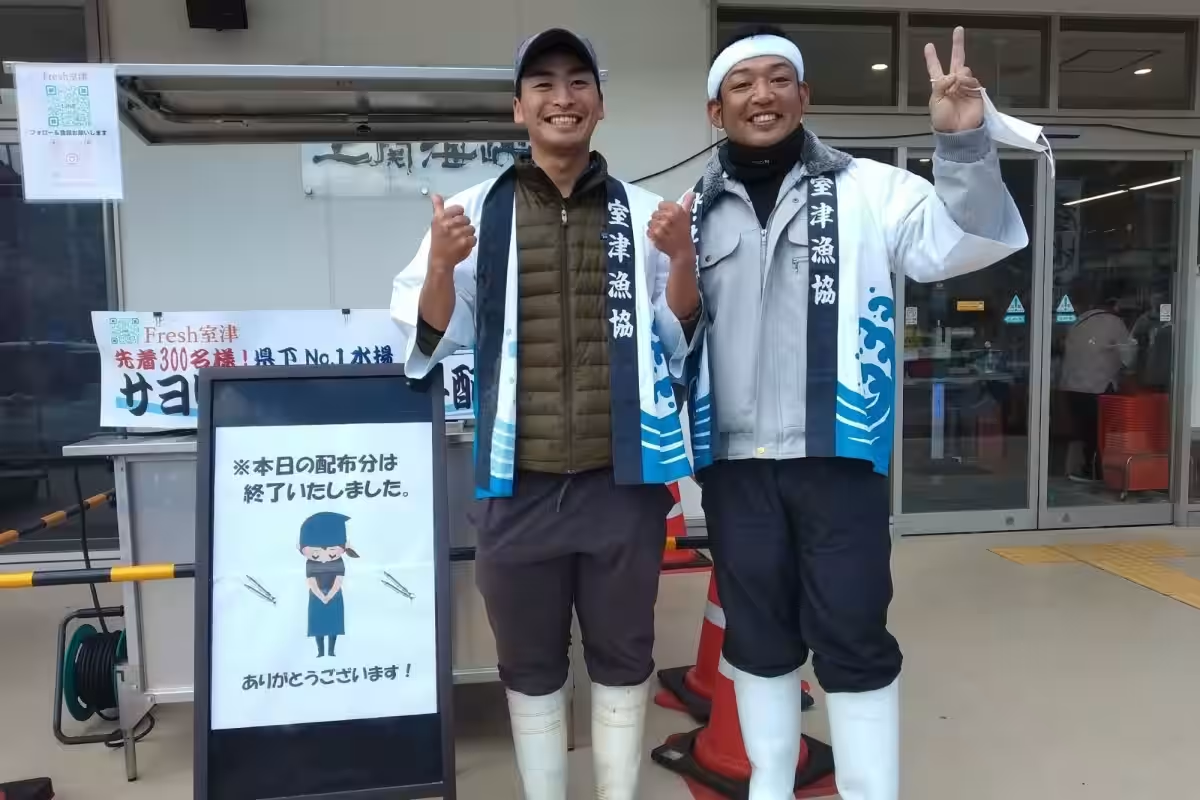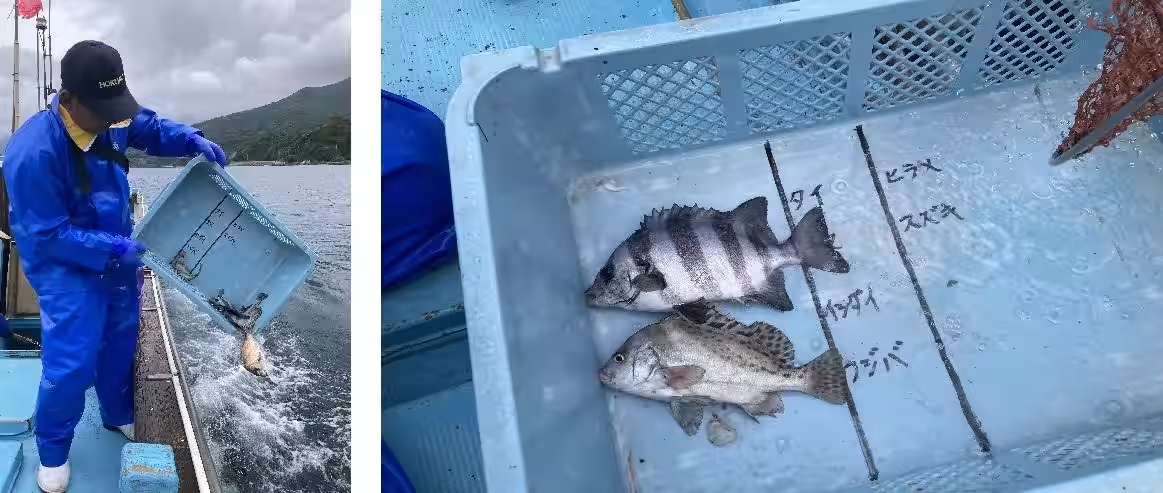

New Sustainable Fishing Project Launched in Yokohama, Japan to Protect Marine Ecosystems
Introduction
On May 20, 2025, a new sustainability initiative known as the "Yamaguchi Prefecture Muratsu Fixed Net Sustainable Fishing Project" was launched by UMITO Partners, a Tokyo-based company dedicated to promoting a positive relationship between humans and the ocean, in collaboration with the Muratsu Branch of the Yamaguchi Prefectural Fisheries Cooperative. This innovative project aims to achieve sustainable fishing through autonomous resource management and kelp bed conservation in small fixed net fishing.
Background and Objectives
Yamaguchi Prefecture is a historically rich fishing area with a mild climate and complex coastlines, particularly in the Muratsu region where diverse seaweeds and seagrasses thrive. Despite its natural beauty, the fishing environment across Japan has faced increasing challenges due to environmental changes, declining kelp beds, and aging fishers. In the Muratsu region, the number of certified fishers has drastically decreased from 48 to just 25 over the past decade, with the COVID-19 pandemic even leading to a drop from 15 to 6 active fishers by 2024. The sustainability of local fisheries has thus become a pressing issue, demanding immediate action.
Recognizing these challenges, the fixed net fishers of the region sought help from UMITO Partners to protect the diminishing marine resources. Through productive conversations starting in spring 2024, the two parties focused on autonomous resource management for six key fish species essential to the local ecosystem and aimed to create a sustainable fishing model that boosts profitability through branding while preserving ecological health.
Project Activities
The project encompasses several crucial initiatives:
1. Voluntary Release Sizes: Implementing voluntary guidelines to increase the minimum size for fish releases in fixed net fishing, thereby encouraging the return of smaller fish to the ocean.
2. Data Collection: Fishers will collect their own catch data to keep accurate records.
3. Resource Assessment: Collaborating with prefectural authorities to evaluate the fish population in coastal waters and make informed management decisions.
4. Continuous Review: Regularly reassessing and updating resource management strategies based on findings from resource evaluations.
5. Herbivorous Fish Monitoring: Adjusting fishing practices to mitigate damage to kelp beds caused by herbivorous fish like the invasive Aigo.
6. Branding and Sales: Enhancing fish market value through a branding campaign and expanding distribution channels.
7. Community Engagement: Organizing local events at the "Kaminoseki Strait" roadside station to foster community involvement in fish release activities, including family-friendly workshops scheduled for June 7, 2025.
8. Partnerships with Restaurants: Collaborating with local restaurants to host joint PR events that promote the project’s objectives.
This initiative uniquely integrates self-managed resource stewardship by fishers with the preservation of marine habitats, thereby cultivating an environment for regeneration in fishing practices.
Future Prospects
Looking ahead, the fixed net fishers of the Muratsu area, represented by Kenjo Ueda and Kazuya Kohama, are committed to achieving an "environmentally restorative fishing" model. They intend to enhance fish market prices and increase income levels for local fishers through strategic branding efforts.
UMITO Partners will actively connect fish harvested from Muratsu with around 30 locations in Tokyo, serving as outlets for "UMITO SEAFOOD" to promote sustainable choices in the culinary sector. Events will also be organized to raise awareness and support for marine environmental sustainability and the economic viability of fisheries.
Conclusion
The urgency of protecting marine ecosystems cannot be overstated. As articulated by UMITO Partners CEO, Haruhi Murakami, the very fishers who face the immediate impact of these changes are motivated to innovate and preserve the ocean’s bounty. The sustainability of fisheries and marine environments is intertwined with community effort and involvement. The future holds the hope of revitalizing the coastal environment and engaging more stakeholders in these vital conservation efforts.
In support of these initiatives, UMITO Partners plans to share successful case studies like this one with other fisheries across Japan facing similar challenges, fostering broader adoption of sustainable practices to nurture positive interactions with our oceans.






Topics Consumer Products & Retail)










【About Using Articles】
You can freely use the title and article content by linking to the page where the article is posted.
※ Images cannot be used.
【About Links】
Links are free to use.